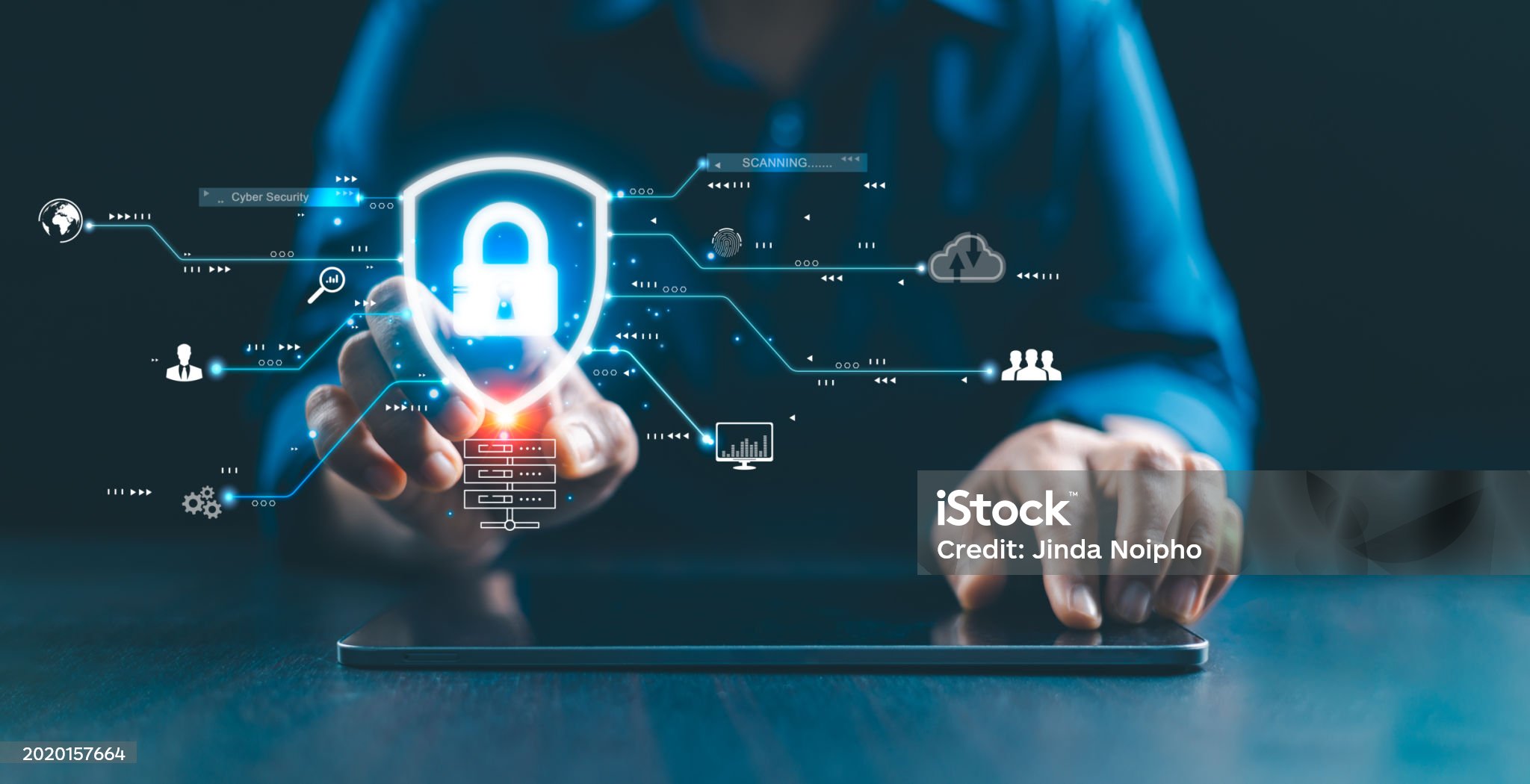Introduction
In today’s digital world, network security is more critical than ever. Cyber threats are constantly evolving, and without proper network protection, businesses and individuals are at risk of data breaches, malware infections, and financial losses. But what exactly is network security, and why does it matter? Let’s dive into this essential aspect of cybersecurity.
Understanding Network Security
Definition and Purpose
Network security refers to the measures and policies designed to protect a network infrastructure from cyber threats, unauthorized access, and malicious attacks. It ensures the confidentiality, integrity, and availability of data transmitted across networks.
Key Components of Network Security
Network security consists of various components, including firewalls, antivirus software, encryption protocols, and network monitoring tools. These elements work together to provide comprehensive protection against cyber threats.
Types of Network Security Measures
Firewalls
A firewall acts as a barrier between a trusted internal network and untrusted external networks. It filters incoming and outgoing traffic based on predefined security rules, blocking malicious connections while allowing legitimate ones.
Intrusion Detection and Prevention Systems (IDPS)
IDPS monitors network traffic for suspicious activity and takes automated actions to prevent potential threats. These systems play a crucial role in network protection by identifying and mitigating cyberattacks in real time.
Antivirus and Anti-malware Software
These tools detect, block, and remove malicious software such as viruses, worms, and trojans. Keeping them updated is essential to defend against evolving cyber threats.
Virtual Private Networks (VPNs)
VPNs encrypt internet traffic, ensuring secure communication between users and networks. They are particularly useful for remote work and safeguarding sensitive data from eavesdroppers.
Access Control
Access control mechanisms limit user access to sensitive information based on their roles and permissions. Implementing least-privilege access helps minimize the risk of insider threats.
Encryption Techniques
Encryption converts data into unreadable formats, making it difficult for hackers to intercept and decipher sensitive information. It is widely used for secure communication and data storage.
The Role of Network Monitoring in Security
What is Network Monitoring?
Network monitoring involves continuously analyzing network traffic to detect anomalies, performance issues, and security threats. It provides real-time visibility into network activities.
How Network Monitoring Enhances Security
By detecting unusual patterns and suspicious behaviors, network monitoring helps identify cyber threats before they escalate. It also ensures compliance with security policies and regulatory standards.
Common Threats to Network Security
Malware and Ransomware
Malware and ransomware are malicious software programs designed to compromise network security. Ransomware, in particular, encrypts data and demands payment for its release.
Phishing Attacks
Phishing attacks trick users into providing sensitive information by impersonating legitimate entities. These attacks often come in the form of deceptive emails or fake websites.
Phishing Attacks
Phishing attacks trick users into providing sensitive information by impersonating legitimate entities. These attacks often come in the form of deceptive emails or fake websites.
Denial-of-Service (DoS) Attacks
DoS attacks overwhelm network resources with excessive traffic, causing service disruptions. Distributed Denial-of-Service (DDoS) attacks involve multiple compromised devices targeting a single network.
Insider Threats
Employees or contractors with access to sensitive data can pose security risks, either intentionally or accidentally. Insider threats are difficult to detect and require strict access controls.
Network Protection
Regular Software Updates and Patches
Keeping software and operating systems updated ensures that security vulnerabilities are patched, reducing the risk of cyberattacks.
Strong Password Policies
Encouraging the use of strong, unique passwords and implementing password managers can enhance security. Changing passwords regularly adds an extra layer of protection.
Multi-Factor Authentication (MFA)
MFA requires users to verify their identity using multiple authentication methods, such as passwords and one-time codes, making unauthorized access more difficult.
Employee Training and Awareness
Educating employees about cybersecurity best practices, phishing risks, and safe online behaviors can significantly reduce security incidents.
Backup and Disaster Recovery Plans
Regular data backups ensure that critical information can be restored in case of a cyberattack or hardware failure. Having a disaster recovery plan minimizes downtime and data loss.
The Future of Network Security
AI and Machine Learning in Cybersecurity
Artificial intelligence and machine learning are transforming network security by detecting threats in real time and automating responses to cyber incidents.
Zero Trust Security Model
The Zero Trust model assumes that no entity should be trusted by default, requiring continuous verification and strict access controls to enhance security.
Cloud Security Trends
With the rise of cloud computing, businesses must implement strong cloud security strategies to protect data stored in virtual environments.
FAQs
A combination of firewalls, encryption, access control, and monitoring is the most effective approach.
Encryption ensures that sensitive data remains unreadable to unauthorized users, enhancing security.
It helps detect and respond to cyber threats in real-time, preventing potential breaches.
AI enhances threat detection, automates responses, and improves overall network security.
Implementing strict access controls, monitoring user activity, and educating employees help mitigate insider threats.
